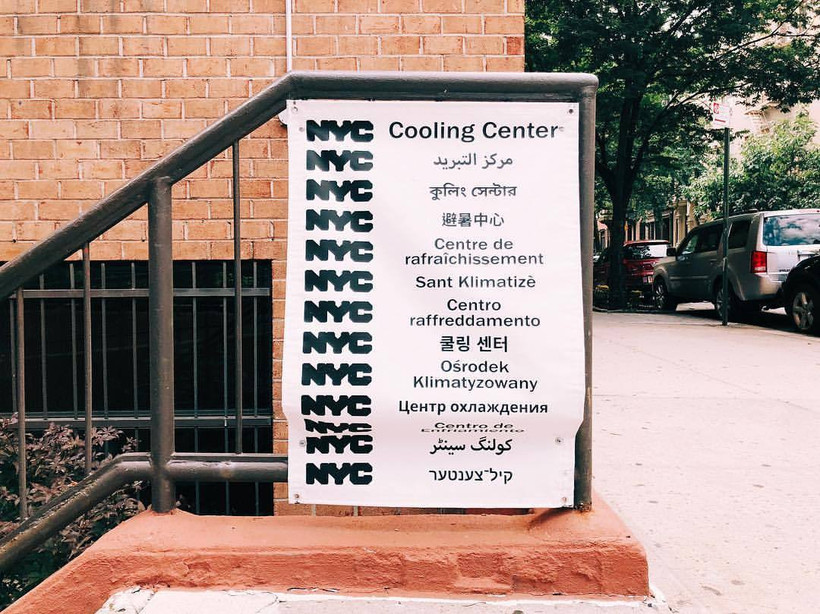Weeks Before Heat Wave, New York’s Program to Help Poor People Stay Cool Ran Out of Money
Heat kills hundreds of New Yorkers every summer - but health experts say a “cold weather bias” keeps policymakers from prioritizing the issue.

Heat kills hundreds of New Yorkers every summer - but health experts say a “cold weather bias” keeps policymakers from prioritizing the issue.

I hope this article helped you better answer the question that guides all of our journalism: Who runs New York? Before you click away, please consider supporting our work and making more stories like this one possible.
New York state is standing at a crossroads for climate action. After passing one of the nation’s most ambitious climate laws in 2019, the state is lagging far behind on its targets, struggling to meet deadlines to build renewable energy and clean up its buildings and roads. Other states are closely watching our progress, making decisions about their own climate plans based on New York’s ability to implement this legislation.
As New York’s only statewide nonprofit news publication, we’ve been scrutinizing the state’s climate progress. Our journalism exists to unpack how power works in New York, analyze who’s really calling the shots, and reveal how obscure decisions shape ordinary New Yorkers’ lives.
But we can't do this work without your help. We rely on reader donations to help sustain our outlet, and every gift directly allows us to publish more pieces like this.
Our work has already shown what can happen when those with power know that someone is watching, with my reporting prompting a state investigation and fine for a major corporation. I have more story ideas than I can count, but only limited resources to pursue all the leads that come across my desk.
If you’re able, please consider supporting our journalism with a one-time or monthly gift. Even small donations make a big difference.
Thank you for reading.

The company used to help employers avoid paying for workers’ benefits. Now it’s slated to administer health insurance for tens of thousands of low-wage New Yorkers.
The candidates did not disclose Solidarity PAC’s fundraising role in campaign finance disclosures.
The mayor enlisted an army of contractors to build a one-stop benefits platform. Two years and $100 million later, the website is a skeleton of what it was supposed to be.
A legally mandated program to reimburse organ donors has languished since 2022. The health department now says it’ll fix that this year.
The health commissioner has asked the state’s Attorney General and lobbyist watchdog to launch a ‘formal inquiry.’
The money is being routed through a nonprofit — possibly running afoul of state lobbying rules.
Here’s where the Senate, Assembly, and governor stand on funding New York’s green transition.
In many cases, electrifying homes is cheaper, according to one new study.
The state is pushing ahead on all-electric buildings, but a draft update to the building code leaves out other key recommendations from the state’s climate plan.
The state has yet to publish a building code update, promised in December, which should include requirements to phase out fossil fuel appliances in new homes.
The Bronx Community Foundation spent almost none of the funds it raised for victims of the 2022 Twin Parks apartment fire.
Hochul is pushing an array of financial incentives to tackle the state’s housing crisis. But will they make a dent?